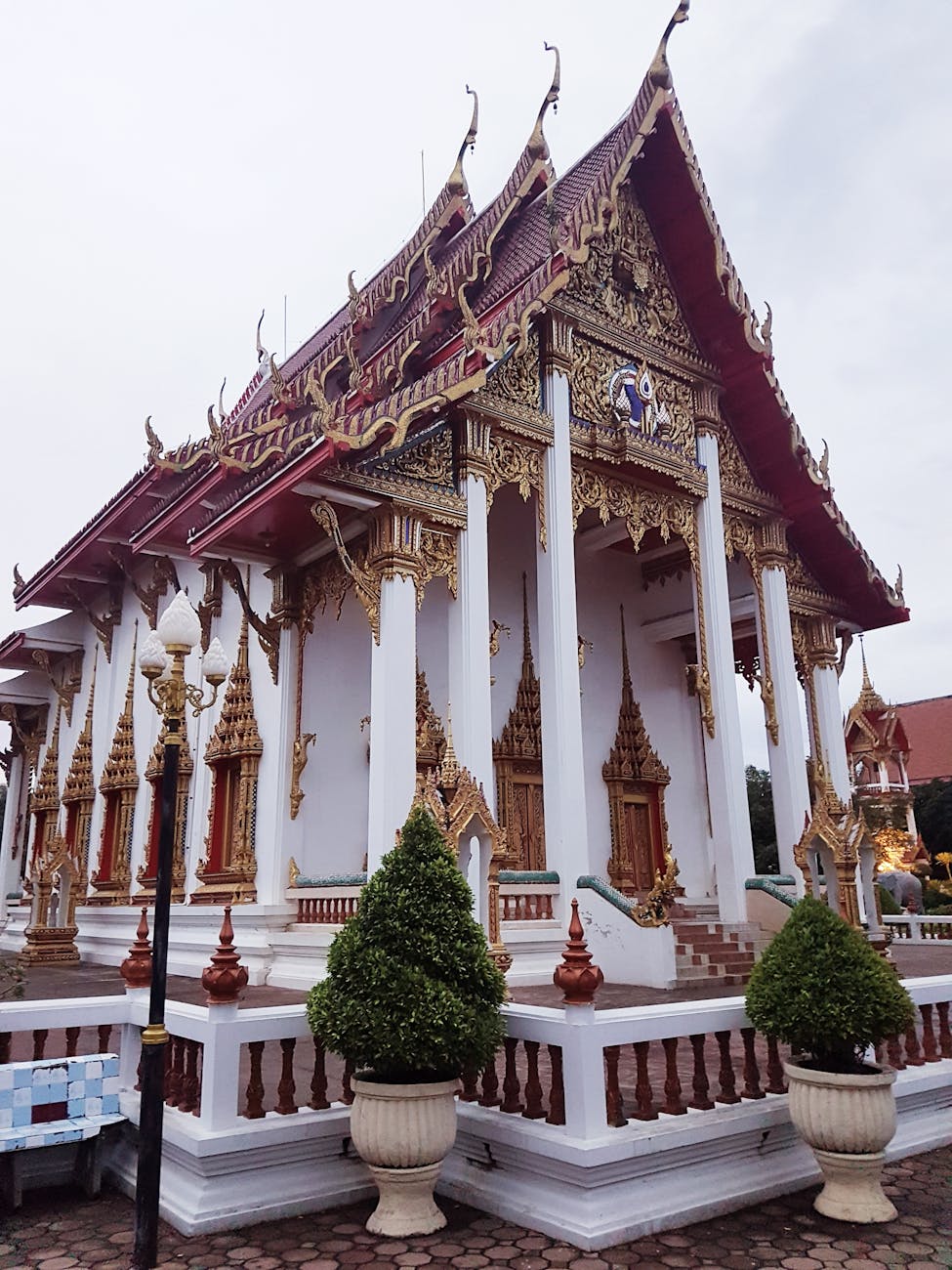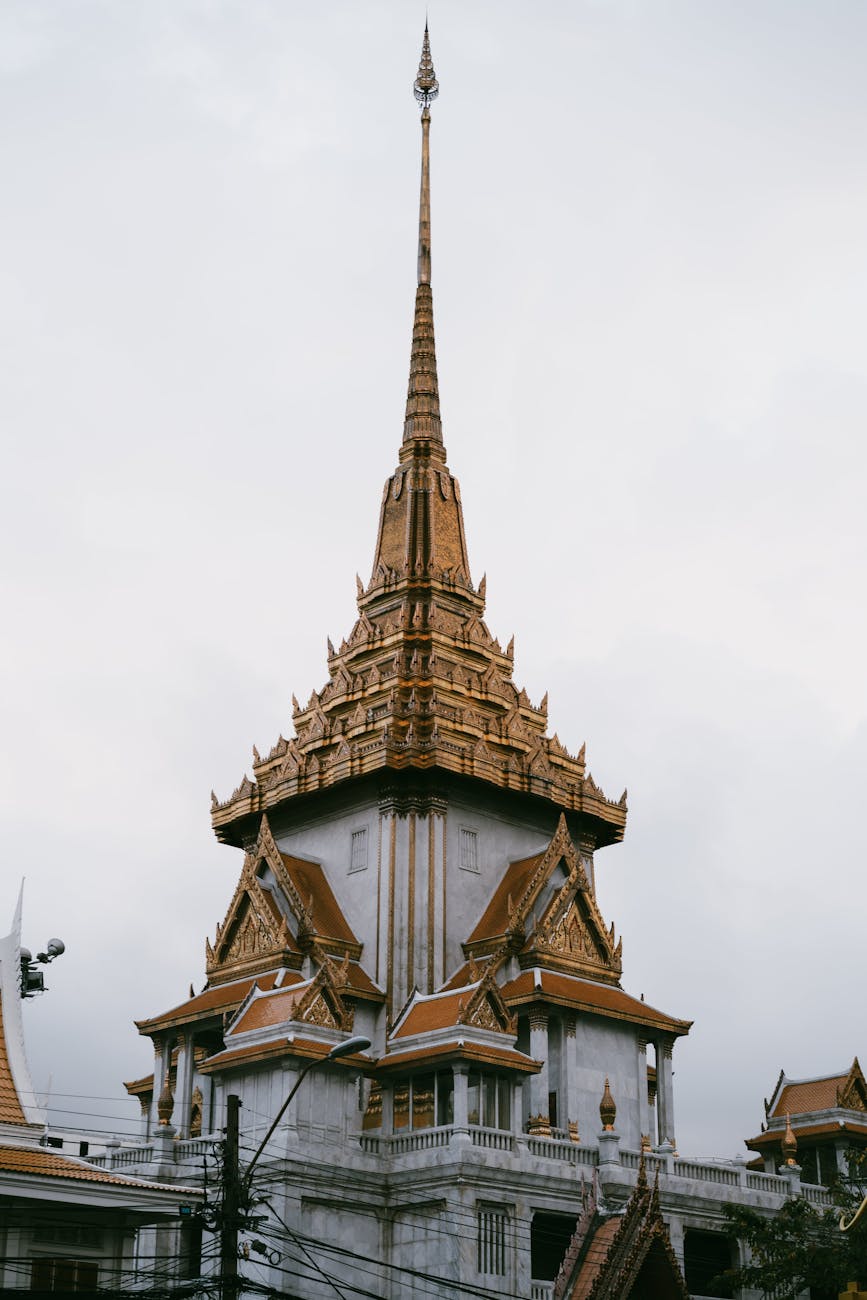Embarking on a trip to Thailand is not just about exploring its pristine beaches, bustling markets, and rich history; it’s also about discovering the vibrant culture that makes this Southeast Asian gem truly unique. Travelers often overlook the fascinating world of Thai folk art, which can add depth and authenticity to your journey. This blog post dives deep into the secrets of Thai folk art and how it can transform your travel experience into something truly unforgettable. Let’s embark on this creative adventure together.
From intricate handicrafts to traditional performances, this article offers insights on how to appreciate and engage with various forms of folk art that tell the story of Thailand’s heritage. By understanding these art forms, not only will you enhance your trip, but you’ll also carry home cherished memories that resonate with the spirit of Thailand. Let’s delve into the wonder of Thai folk art and see how it can elevate your travel experience!
Table of Contents
- Introduction to Thai Folk Art
- Types of Thai Folk Art
- Cultural Significance of Thai Folk Art
- Experiencing Thai Folk Art
- Tips for Travelers
- Final Thoughts on Embracing Thai Folk Art
- FAQs about Thai Folk Art
Introduction to Thai Folk Art
Thai folk art is a mesmerizing blend of traditional craftsmanship, vibrant colors, and spiritual symbolism that captivates the eyes and warms the heart. Essentially, it reflects the everyday lives of the Thai people, illustrating their beliefs, customs, and history through various mediums. From intricate textile weaving to enchanting dances, each form of folk art is a window into the soul of the nation. Understanding this art not only enriches your travel experience but also fosters connection with the local community, deepening your appreciation of Thailand’s culture.
Moreover, each region of Thailand showcases its unique style of folk art, which can transform your itinerary into a culturally immersive experience. Whether it’s the stunning murals in the temples of Ayutthaya or the traditional weaving techniques in the northern hill tribes, exploring Thai folk art allows you to witness the diverse artistic expressions that thrive across the country. By learning about these artistic traditions, you can create lasting memories that extend far beyond the picturesque landscapes.
Types of Thai Folk Art
Thai folk art manifests in numerous forms, each telling a different story about the people and their surroundings. For instance, traditional Thai textiles, such as mudmee silk and ikat, showcase elaborate patterns and colors that have been passed down through generations. The artistry involved in creating these textiles is not only about aesthetics, but also involves rich cultural narratives that highlight social and spiritual themes.
Additionally, wood carving is another form of folk art that flourishes across Thailand. The skilled artisans carve intricate designs into furniture and religious figures, showcasing both creativity and history in every piece of work. Beyond textiles and woodwork, one cannot overlook the world of Thai puppetry and dance, where performance art comes alive. Each dance, such as Khon or Likay, embodies folklore and moral lessons, inviting you to delve deeper into the connections between art and life in Thailand.
Cultural Significance of Thai Folk Art
The importance of folk art in Thai culture cannot be overstated. It serves not only as a form of expression but also as a means of preserving cultural identity amidst a rapidly changing world. Through folk art, stories of folklore, religion, and historical events are passed down through generations, ensuring that the wisdom of the past informs the present. This preservation of culture is crucial, particularly in a time when globalization threatens to wipe out local traditions.
Moreover, folk art often finds its place during ceremonies, festivals, and significant events, creating a communal bond that unites people. When you engage with this art form while traveling, you will discover more than just visual beauty; you’ll learn about the values, struggles, and joys of the Thai people. Appreciating the cultural significance of these art forms can provide invaluable perspective, encouraging you to reflect on your own life while deepening your understanding of human experiences.
Experiencing Thai Folk Art
Diving headfirst into the world of Thai folk art can be an exhilarating adventure. Start your journey by attending local art fairs or workshops where you can witness artisans at work. Here, you may have the opportunity to try your hand at traditional crafts, allowing you to create your own unique souvenir that tells a personal story. Engaging in these hands-on experiences not only enriches your understanding of the craft but also allows you to appreciate the time and effort artisans dedicate to their work.
Furthermore, don’t limit your exploration to visual art. Attend local performances that highlight traditional Thai dance and music. Each performance is steeped in cultural significance and often showcases stories and lessons that are vital to understanding Thai society. By immersing yourself in these performances, you will leave not only with memories but also with a newfound respect for the artistic heritage of Thailand.
Tips for Travelers
To maximize your exploration of Thai folk art, consider incorporating the following tips into your travel plans. Start with a genuine curiosity about the local culture; ask questions, interact with artisans, and be open to learning. Many artists are eager to share the stories and significance behind their work, enriching your experience far beyond mere admiration.
In addition, when shopping for artisanal products, prioritize buying directly from local vendors or markets. This approach not only supports the artists but also ensures that you are acquiring authentic pieces rather than mass-produced imitations. Look for unique items that resonate with you personally, such as handmade textiles or intricately designed pottery, to bring a piece of Thailand’s culture back home with you.
Transformative Insights into Thai Folk Art
Embracing the diverse forms of Thai folk art during your travels can truly transform your experience, allowing for deep connections with the local culture. Rather than merely a tourist, you become an appreciative participant in a vibrant world of artistic expression that offers a unique lens into the heart and soul of Thailand. As you explore these artistic treasures, remember they hold stories worth sharing, even beyond your travels. This journey is about more than seeing beautiful things; it is a chance to honor and understand the cultural legacy that shapes Thailand today.
FAQs about Thai Folk Art
What is the significance of Thai folk art? Thai folk art plays a crucial role in preserving the cultural identity of the Thai people, offering insight into their history, beliefs, and social values through various art forms.
How can I experience Thai folk art during my visit? To experience Thai folk art, seek out local workshops, attend community festivals, and explore markets featuring traditional crafts and performances throughout your travels.
What are some popular types of Thai folk art? Popular types of Thai folk art include traditional textiles, wood carvings, and performing arts, such as dance and puppetry, each showcasing rich cultural narratives.
Is buying folk art a sustainable option for souvenirs? Yes, purchasing folk art directly from artisans or local markets supports their livelihoods and promotes the preservation of cultural traditions, making it a sustainable souvenir choice.
Can I learn how to create Thai folk art? Absolutely! Many artisans offer workshops where you can learn and practice traditional crafts, providing a memorable hands-on experience during your trip.
Image Credit: Pexels





